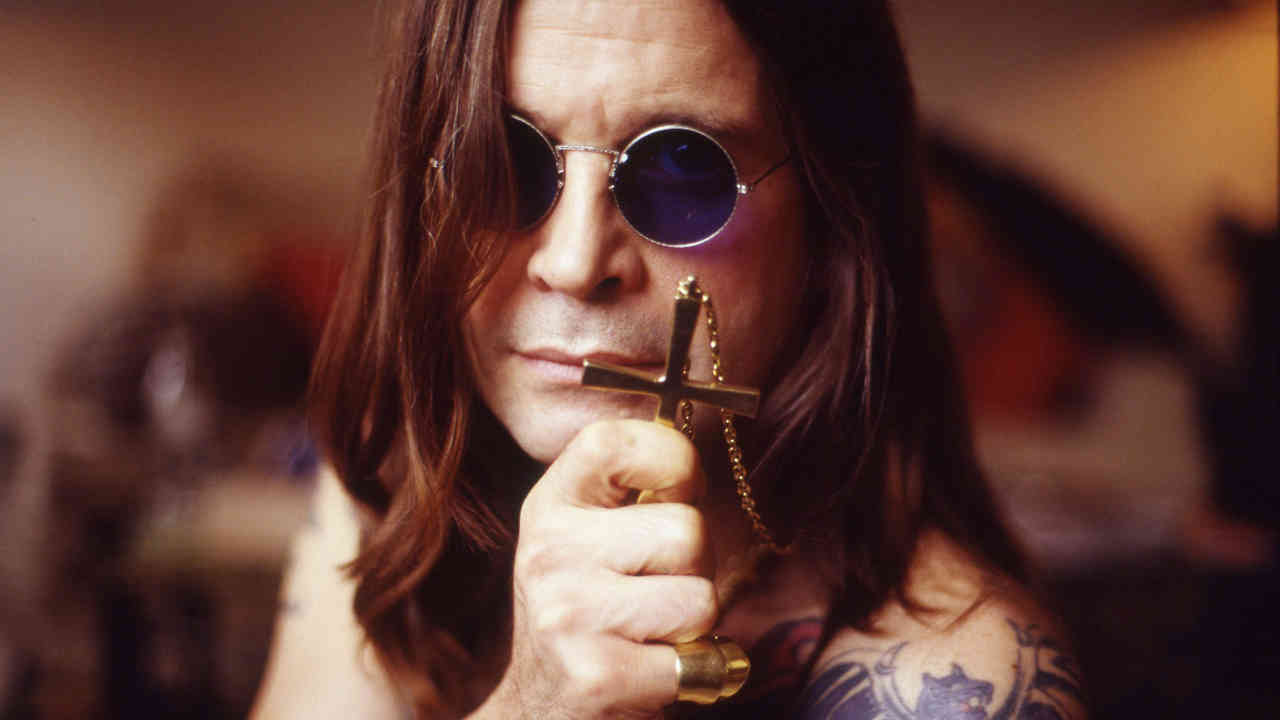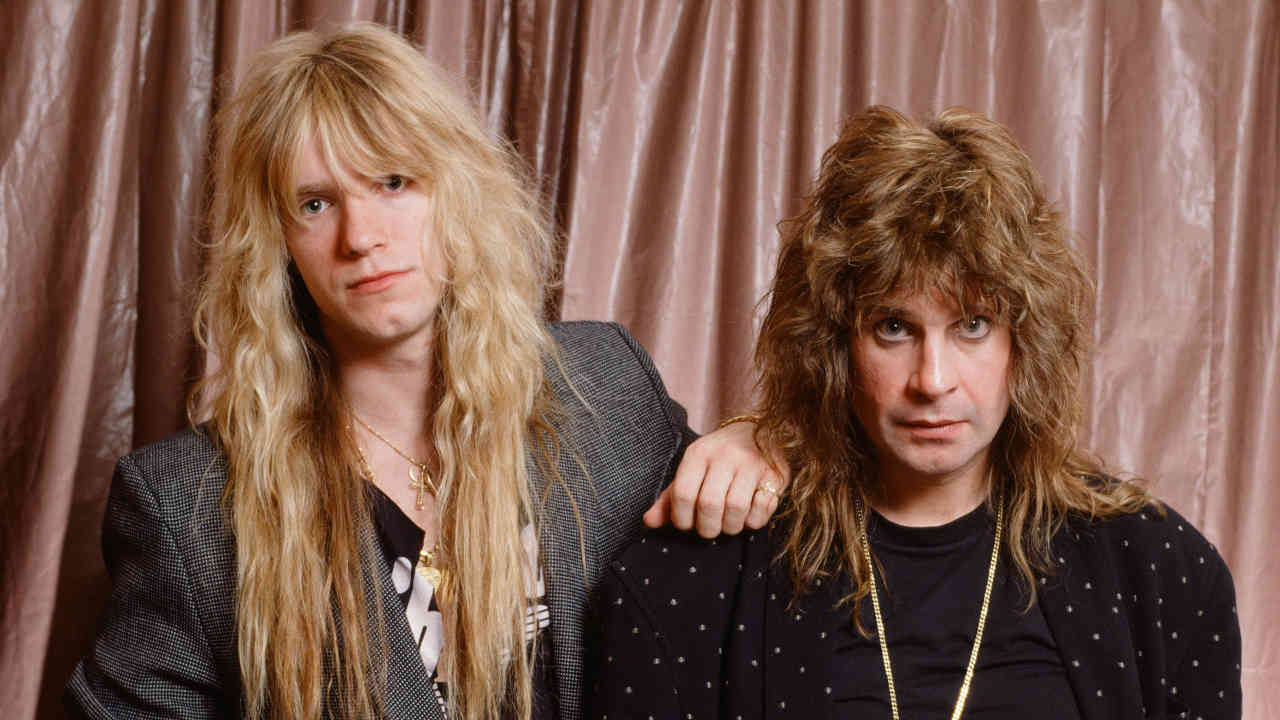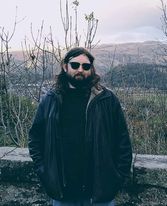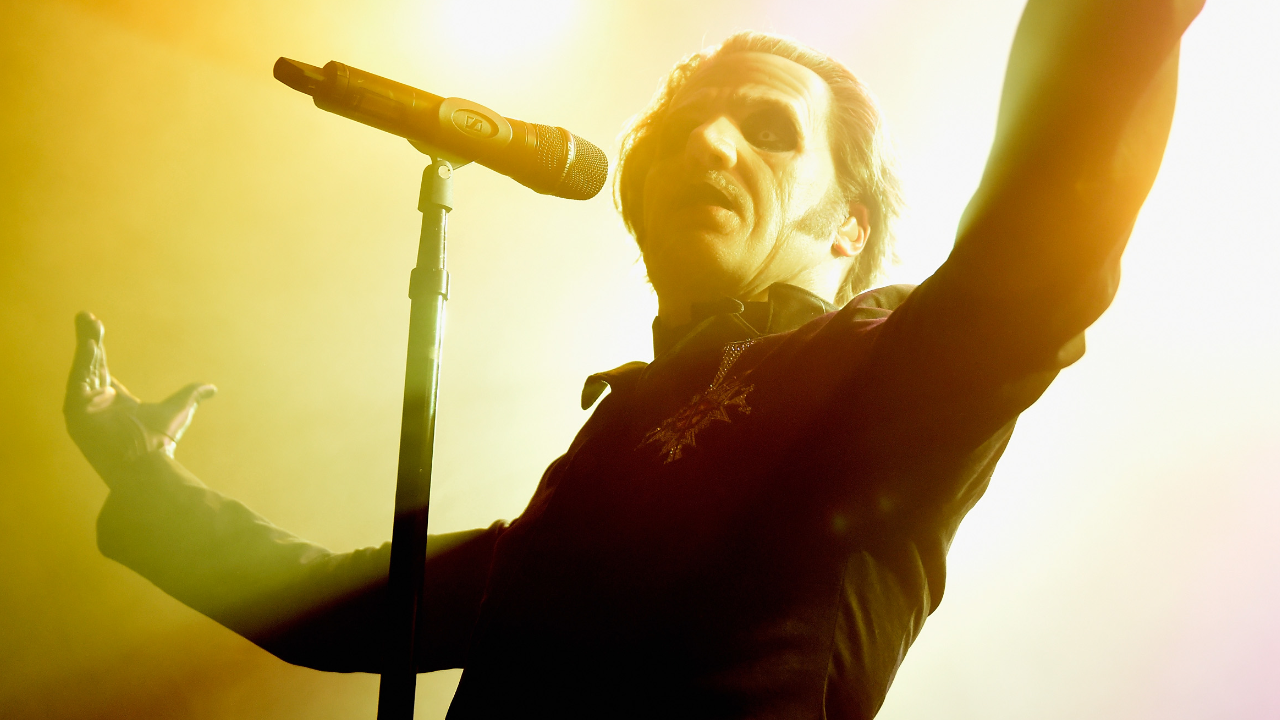How Ozzy Osbourne’s No More Tears resurrected metal’s greatest icon
The story behind No More Tears, the album that saved Ozzy Osbourne’s career – and possibly his life

On September 3, 1989, Ozzy Osbourne awoke in a prison cell with an aching head and no memory of why he was there. While no stranger to waking up in strange places, the truth sickened him to his core: he was being charged with attempted murder, having tried to strangle his wife Sharon in a drink- and-drug-induced stupor. Though the couple reconciled, the writing was on the wall – the 80s were effectively dead and if Ozzy didn’t sort his shit out, he would be too.
By the time he got out of rehab and started work on his next record, Ozzy was a new man, ready to banish the spectre of the ineffectual drunk clown that many had come to view him as. As he puts it to Hammer today, “No More Tears was a resurrection – I was fitter than I’d ever been and had something to prove.”
Speaking to us 30 years on from the release of the album, it’s hard to imagine Ozzy Osbourne being on the back foot. Even with his recent Parkinson’s diagnosis, he has continued work on his 13th solo record (he speaks to us today just before he’s due in the studio), and is forging ahead with plans to complete his long- awaited ‘No More Tours 2’ run as soon as possible, pandemic be damned. “I can’t fucking wait to come home,” he says excitedly.
But back in 1990, doors were closing for the band before they’d even gone into the studio. A rough demo of No More Tears (sans the title track) was passed around prospective producers, but nobody in the industry was particularly enthused about the direction Ozzy was taking. Nobody that is, except for production duo John Purdell and Duane Baron. Unfortunately, that wasn’t what the label wanted to hear.
“The record company called me at the studio to ask what my thoughts were on the demos,” Duane remembers, his voice taking on a defiant edge. “Well, I liked them a lot and thought it was a good direction. They hung up so fast; they hated it and so we got fired!”
Though John and Duane would ultimately be brought back to produce the album, the label had other plans for the direction the new record should take to mark the new decade.
“Rick Rubin was looking to produce at one point,” reveals long-time Ozzy guitarist Zakk Wylde. Speaking from his Los Angeles home, Zakk is nonchalant when asked about the strife leading up to the recording of No More Tears. “I don’t worry about who’s flying the plane – I just enjoy the ride,” he laughs. “I was sent to Rick’s house to get him on board and played him basically the whole demo. He says, ‘Zakk, this is like a horrendous Mötley Crüe record.’ He tells me, ‘What we really need is some of that Sabbath Bloody Sabbath riff, we just need a whole record of that’. You know, I’m on board, the only problem is… you’ve gotta get the main guy on board; it’s his band!”
Sign up below to get the latest from Metal Hammer, plus exclusive special offers, direct to your inbox!
As it turns out, a lack of label interference might have been exactly what No More Tears needed. With Duane and John at the helm, the pair were free to cast off the shackles of Sabbath-worship and get to making a truly great Ozzy Osbourne record.
“John Purdell and Duane Baron were instrumental when it came to arrangements,” Ozzy says. “We knew we had to attack every song as if it was going to be played on the radio – we had to step up to the plate. I had a lot to prove!”
“Ozzy was coming off a bit of a lull – it really was the last chance saloon at that point,” Duane admits. “But we loved what Ozzy had done solo as much as Sabbath, so it was like, ‘Dammit, we’re not gonna let this fuckin’ fall.’”

Trading out the camp kitsch of Ozzy’s earlier material, No More Tears was simultaneously written to be more anthemic while delving into darker and more serious lyrical territory than ever before. Songs covered topics ranging from serial killers (No More Tears) and paedophilia (Mr. Tinkertrain), to Ozzy’s homesickness when out on tour (Mama, I’m Coming Home). A heartfelt ballad, the latter became an instant fan favourite and his only solo Top 40 hit on the Billboard Hot 100.
“Mama, I’m Coming Home was actually written on the piano,” Zakk says. “One day I was out driving Ozzy when I had to go by the house, this rundown fuckin’ place with grass five feet high, shutters hanging off, beat-down piece of shit. We pulled onto the driveway and Ozzy grabs me and says, ‘Sharon’s paying you, isn’t she?!’ I broke up laughing! Anyway, we went into the apartment and I’d got the piano there, so we ended up sat at it coming up with the riff for Mama, I’m Coming Home.”
Even more impressive was the fact that as heartfelt as it was, the song’s lyrics weren’t written by Ozzy, but by fellow icon Lemmy. “It was the most amazing thing,” Ozzy remarks. “I couldn’t have written it better myself, because it was just so perfectly me. He knew what I was trying to say perfectly. I could never be serious around him because we’d always have great fun. It was a true rock’n’roll lifestyle he lived, and I miss him terribly, you know.”
While the lyrical content of No More Tears took a darker direction, Ozzy and the band weren’t about to let his new-found sobriety get in the way of having fun. “Ozzy had these stink bombs he just kept letting off,” Zakk says with glee. “You could use them to clear fuckin’ buildings, not rooms. Ozzy would be there at the back, ‘Sorry…’ and we’d be gagging, ‘Ozzy what the FUCK?!’ They were worried he wouldn’t be able to finish the record.”
“Honestly, at first we thought he had a real problem,” chuckles Duane. “He’d drop them everywhere – the studio, on flights, we even went to Las Vegas for a weekend and he dropped them in a casino! He would terrorise us with them.”
Not about to let themselves be upstaged, Zakk and drummer Randy Castillo also found a unique way of getting back at Ozzy. “I knew we had to get him back… so I took a shit in a bag,” Zakk hoots. “Every day, Oz had this couch that he would sit on to watch World War II videos or whatever, so I take my enormous shit and cut a tiny little hole, sliding it in until it’s properly hidden up the back of the couch. Meanwhile, Randy goes and takes a shit in some Tupperware, which he then stores in the fridge for later. Only Ozzy got us back for that too.”
We daren’t ask…
“One night, Randy’s all fresh from the shower and as we’re preparing to head out he just stops. Suddenly the lights go out and Randy flicks his lighter and he’s like, ‘Where the fuck is he?’ because he can smell shit. He’s looking all around and then realises, it’s on the door handle! We look back towards Ozzy’s room and we can just see him, curtains pulled back, staring down to see if we were gonna grab the door handle, that motherfucker!”
“I sat there smelling shit for hours before I realised,” Ozzy cackles of the sofa joke. “When I went to the fridge for leftovers, I found leftovers alright! But we were always pulling shit on each other – we had a lot of fun.”
Beyond the pranks, one of the band’s jokes even resulted in an award-winning song: I Don’t Want To Change The World. “There was a strip bar just down the road, so I was playing around on the guitar doing a go-go dance riff like, ‘YEAH, THAT’S RIGHT, WE’RE OUT FOR ASS’,” remembers Zakk. “And then Ozzy comes in, like, ‘What the hell is that?!’ and I’m like, ‘It’s just a joke’, and he was like, ‘Keep that in’ – and we ended up getting a Grammy for it!”
So much of No More Tears hinged on gambles being taken, but stylistically the record was as proud and confident as anything Ozzy had produced since his 1980 debut, Blizzard Of Ozz. With the production team in place, all that remained was to ensure the players were primed. Zakk was a given, as were long-term collaborators Randy on drums and John Sinclair on keyboards.
Bass was a trickier prospect, however – Ozzy had recruited Mike Inez as part of the official band, but there were concerns about how quickly he could fit into the studio unit. As such, Mike was credited with ‘inspiration and musical direction’, but didn’t actually play on the record, which was instead done by long-time Ozzy collaborator Bob Daisley. That didn’t stop Mike from contributing one of the most iconic parts of the record – the bass intro to the album’s title track. “We didn’t have the title of the album when we first went in to do pre-production,” Ozzy says. “We’d written the album and Mike Inez joined the band on bass, coming out with that bass line.”
“The whole album was just a very cool group effort,” Duane says. “We were there every minute so we could help guide the ship, but mostly whoever was in the studio at the time would shape how things came out. Zakk had a real vision for it and I think he was insanely dedicated to that.”
Released on September 17, 1991, No More Tears arrived just as the rock landscape was shifting seismically. Metallica’s Black Album had already redefined what success looked like for heavy metal, while the likes of Pearl Jam’s Ten, Soundgarden’s Badmotorfinger and Nirvana’s Nevermind ultimately ushered in the advent of grunge.
Against such a stacked backdrop, Ozzy proved he could still stand with the best, unyielding against the changing tides. For his efforts, the album became one of his best-selling releases, certified platinum before the end of 1991, and four times platinum as of 2021.
“Of course, the record label were the geniuses who supported it all along when it became a success,” Duane says. “We didn’t care – we accomplished what we set out to do; it breathed new life into Ozzy.”
Staff writer for Metal Hammer, Rich has never met a feature he didn't fancy, which is just as well when it comes to covering everything rock, punk and metal for both print and online, be it legendary events like Rock In Rio or Clash Of The Titans or seeking out exciting new bands like Nine Treasures, Jinjer and Sleep Token.

